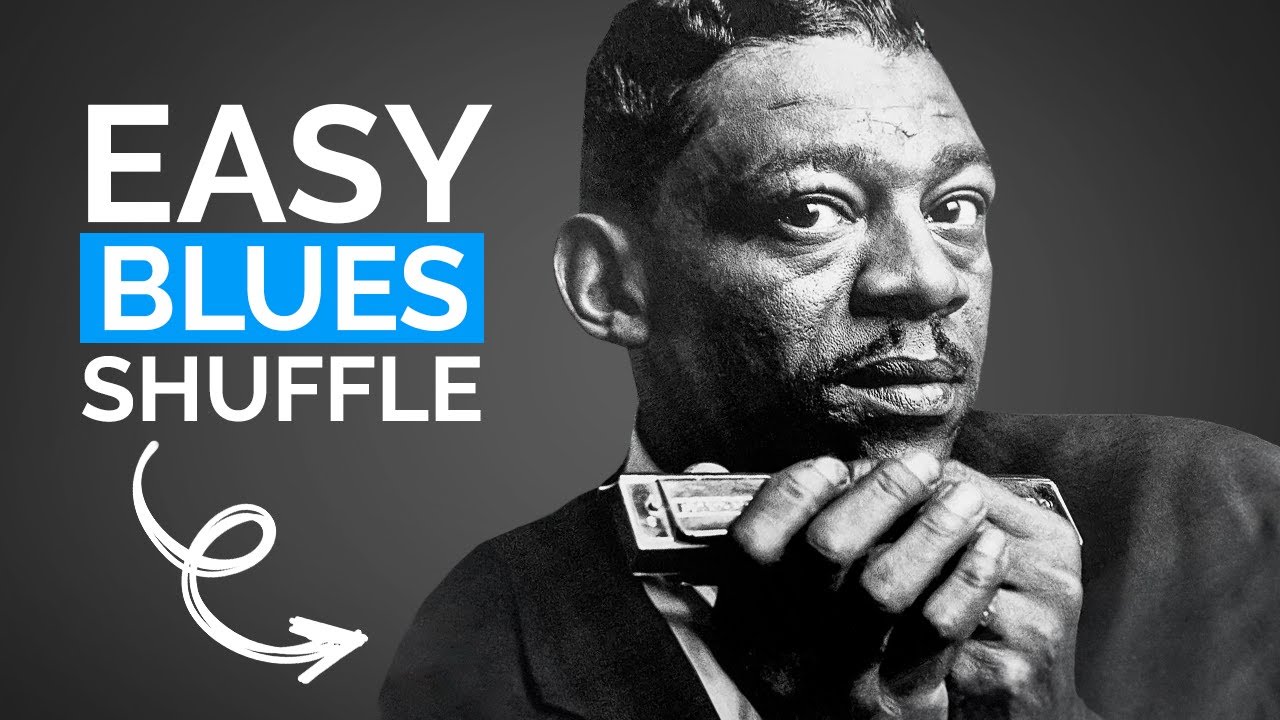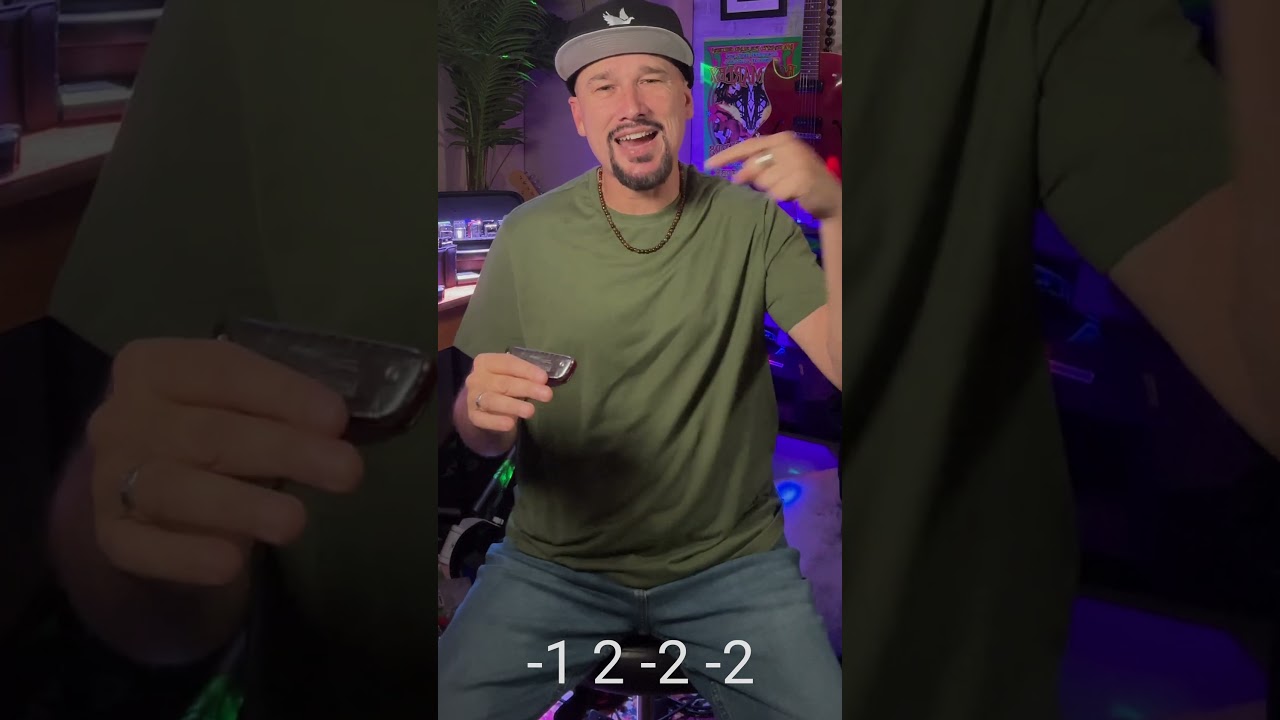What is a good technique to obtain and maintain accuracy when changing your embouchure and physical position on a harp from a chord to a single note? Or for that matter holes that are played one after another that are far from each other? For example I play a draw 123 chord and then a 4 blow. I am finding myself disconnecting the harp from my deep relaxed mouth position and moving the harp to re-engage accurately. Would I be better off training myself to maintain contact and slide the harp to the 4 hole?
Good question and I’m sorry I don’t know the answer.
I hadn’t thought about it much until you asked, but now realise that I disconnect from the harp somewhat (not completely) when moving to and from tabs far from each other.
I think it was Astrid who recently posted the tabs for The Godfather theme.
The tabs for the first few lines are all adjacent until there’s the transition from -7 to -4.
(I’ve found it to be a great tune to practice.)
I slide easily from one note to the next until that point, then disconnect a little with the bigger transition. Don’t know if that’s right or wrong or if it even matters.
So, I haven’t answered your question, but we can both wait for one. It can take a while to get a reply, but someone will provide a meaningful explanation.
As @PapaCurly surmised, this really does not have a definitive answer. As long as you can use a method that produces good results, then use it.
Regards,
– Slim ![]()
This is a great question!
To add to what @PapaCurly and @Slim suggest, from my experience our mouths tend to “remember” what to do after we learn to play the song.
Getting confused and hitting the wrong note tends to happen quite a bit as we are first learning a song. After playing it over and over again, (at times to the dismay of those around us) all of a sudden out mouth somehow knows what to do. We make fewer mistakes and are better able to focus on the quality of the note we are playing rather than hitting the right note.
There is an old saying that says:
Practice makes perfect.
I don’t totally agree with this because to me “Perfect practice is likely to make us better but not necessarily " perfect” in the pure sense of the word.
Small nuances is tone and rhythm can make the difference between playing a song that is hard to listen to, to one that is hard not to listen to for all the right reasons, even if it isn’t technically perfect.
Hope this helps,
Harp on ![]()
![]()
Hello @1bakingblackdog,
@PapaCurly is right, the song “The Godfather” is mine and it was the first video I played and recorded. This happened about nine months after I started learning the harp.
I never paid attention to what my mouth did when jumping from lower to upper positions. I practiced practicing the positions in this form over and over again without songs.
Of course, you should start with slow BPM and increase it later. It makes it easier if both tones only have blow or draw.
What’s more challenging is when those tones change from blow to draw or vice versa.
If the tones are closer together and only have blow or draw, there is also the technique of tongue blocking.
Some love it and others don’t. You’ll have to figure that out for yourself over time.
Don’t put pressure on yourself, it will develop step by step.
Regards from Astrid ![]()
Yep. Much better to stay connected
Hello, I find that tongue blocking can really help speed things up in certain note changes, definitely worth the time learning. I use both pursing and tb.
@1bakingblackdog Nice to see ya! It’s been awhile. This is a GREAT question.
I recommend keeping the harmonica in your mouth as much as possible. So to answer your question, yes I think you’re better off maintaining contact as @toogdog said “much better to stay connected.”
In the specific example you site, work on sliding up to 4. This is a great sound and great ear training to slide and stop when you get to the 4.
Also as @bubby.graves mentions this is one area where Tongue Blocking really shines above lip blocking. The standard TB-ing embouchure is to block 3 holes to the left of the note you’re playing, so to go from -123 to 4 TB-ing is incredibly easy.
And later on if you learn tongue switching then it becomes so much easier to make clean and fast large intervalic jumps like 6th (-1 to -3, 2 to 4) and octaves (-1 to -4) and the like. These are some of the things I love about tongue-blocking.
There’s no right or wrong here. There are just tradeoffs and what you feel calling to you. As @Slim said: if it sounds good, and it feels good, then it IS good.
If you’re wanting to look into TB-ing you might check this out:
If you’re NOT interested in learning TB-ing (which is totally FINE) then I recommend experimenting with sliding! It’s fun and opens up all kind of fun colorful options like this:
Hope that helps. LMK if you have any other questions on this subject!
I slide the harp when I can. It helps isolate a single note and play it clean. our question is a yes I/M/O
Scott

